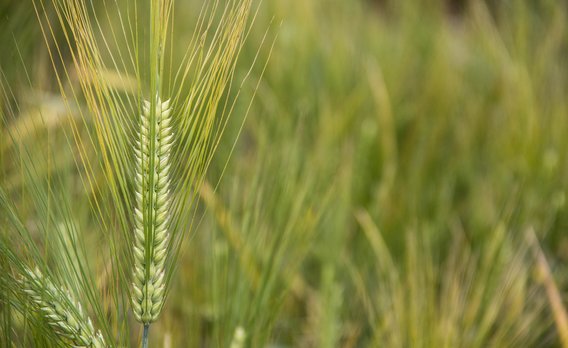
In a recent publication in Crop Science, faculty member Brian Steffenson and co-authors evaluated a panel of wild barley (Hordeum vulgare ssp. spontaneum) for variation in beta glucan concentration, a polysaccharide that occurs naturally in the cell walls of some cereal plants, especially barley and oat.
Beta glucan content is important for two of barley’s end uses but in opposite directions. For food barley, high levels of beta glucans are desirable because of their hypochlorosterolemic (lowers cholesterol) and heart healthy benefits. For brewing, low levels of beta glucan are desired in order for rapid wort and beer filtration in the brewhouse. This means that the barley that is easiest to brew is not the barley that is most nutritious to consume.
Steffenson describes the impact of researching beta glucan in barley: “Finding new alleles controlling this trait could be useful in barley breeding, whether for the end use of brewing or for food uses for humans.”
